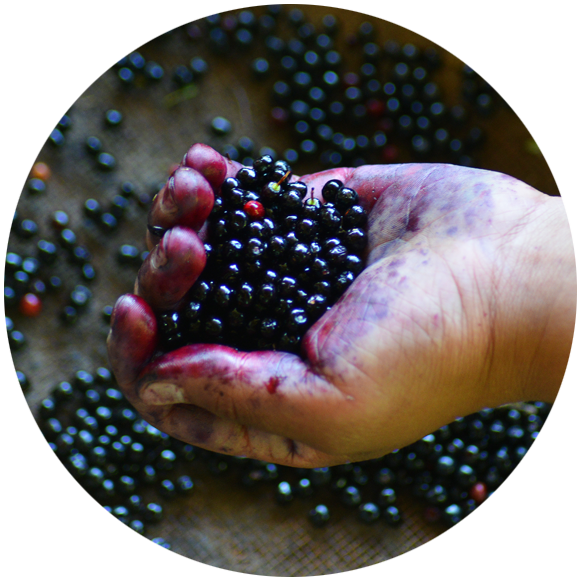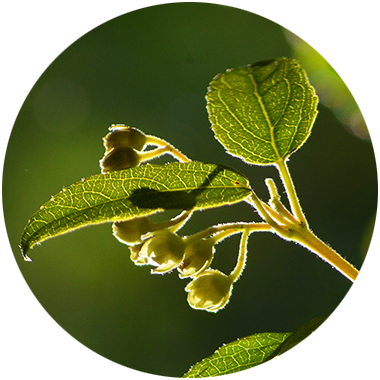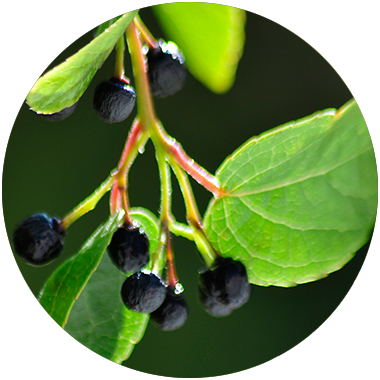MAQUI BERRY: WHAT IS IT?

The Maqui berry (Aristotelia chilensis) is a native berry that grows exclusively in the south of Chile, and has been consumed since ancient times by indigenous peoples.
It is an evergreen, dioecious shrub with a divided trunk that reaches up to 4-5 meters in height. It has reddish stems with thin, floppy branches, and its bark is smooth, soft, and easily detached. The leaves are petiolated, ovate-lanceolate, perennials, measuring between 4-9 centimeters, with serrated edges arranged in a cross in relation to the rest of the leaves of the stem.
The flowers are small, whitish, with five petals and numerous stamens, fruitless in the case of female stalks, and almost always together in axillary flower heads. They can be hermaphrodite or unisexual (one of the sexes atrophied).
Their fruits are small berries measuring 5 millimeters in size, bright black or bluish, and containing 2-4 seeds.

ORIGIN OF THE MAQUI BERRY:
ANCESTRAL HISTORY
The Maqui berry has properties that have been known about for centuries by indigenous peoples who have traditionally lived in the south of Chile and have considered the Maqui berry to be a sacred plant.
The harvest follows century-old ancestral traditions.




